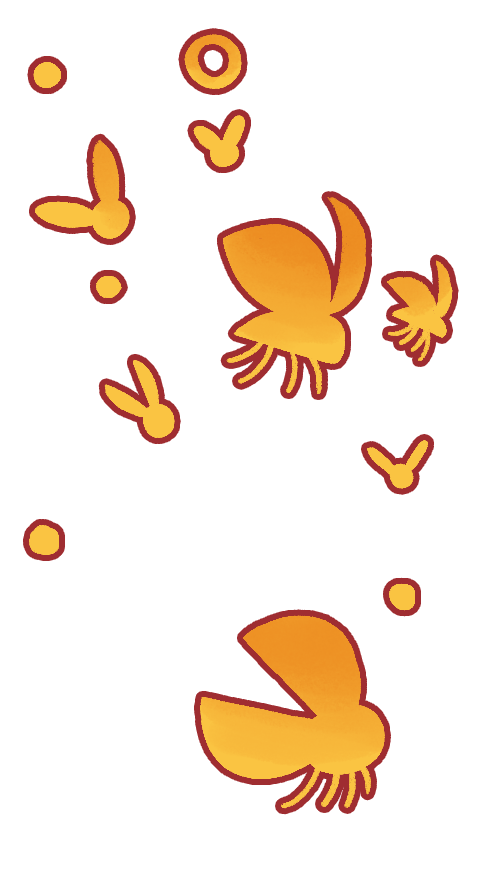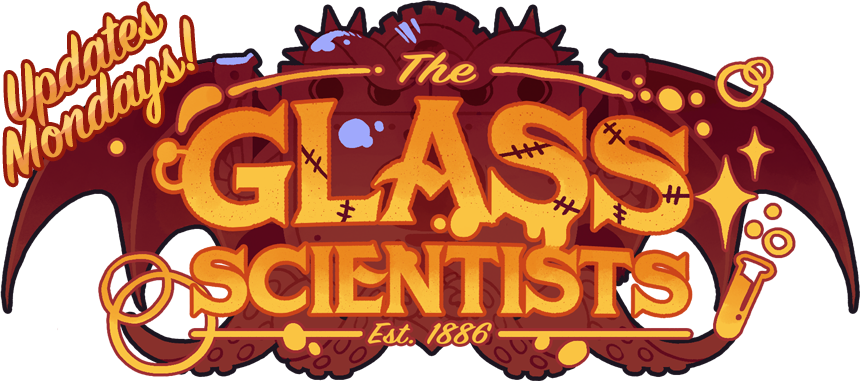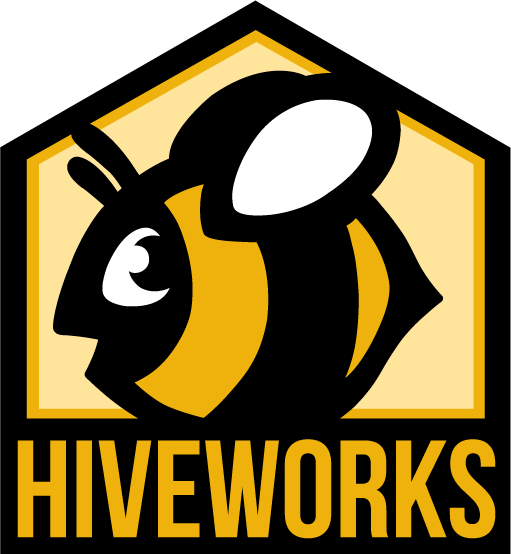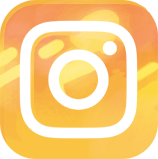








Social Media and Career Advice
Q: Do you have any advice for aspiring webcomic artists?
Not any advice I really believe would be useful! The main trouble here is that I don’t consider myself a professional comics artist. I was trained in animation and work as a storyboard artist, so all my skills in this area are cut-and-pasted from my “real” job along with a bit of haphazard self training. In my particular instance, the things that have helped me most are: Scott McCloud’s Understanding Comics and Making Comics, studying storyboarding/film language/visual storytelling, reading up on story structure from sources that feel “right” to you– I like Film Critic Hulk and the book Invisible Ink– learning to analyze and deconstruct your favorite stories on your own, and finally, pursuing any and all subjects that fascinate you outside of art and storytelling. My personal favorites are history of science, Biblical history, mythology, and psychology.
I also believe that career advice is best given on a person-by-person basis. Everyone has different talents, weaknesses, backgrounds, and aspirations. I am happy to answer individual career/artistic advice questions, and the more specific you can be about your goals and your passions, the better help I will be able to give.
Q: Can you give some advice to aspiring storyboard artists?
It’s hard to give general career advice, as there’s no one right way to start a career in animation, and the best advice will differ from person to person, depending on their personal strengths and where they are in life. In the most general terms, if you want to become a storyboard artist, you need to develop a strong story portfolio (NOT a general art portfolio).
A story portfolio consists of anything that shows off your ability to do the work of a storyboard artist, but I typically recommend including about three storyboard sequences which can either be a full story or a sequence of a larger story with a clear beginning, middle, and end. You can play to your natural strengths in storytelling, but it’s not a bad idea to show some variety (one comedy-centric board, one action-centric board, etc.) You can fill out the portfolio with figure drawings, comic pages, and vignettes, but the bulk of your portfolio should be storyboards.
I also recommend following storyboard artists on social media, as well as any official blogs of productions you admire. Following the work of industry professionals gives you an idea of what kind of work studios are looking for and can give you a better idea for the kind of work you should be making for your portfolio. Finally, always have a strong web presence yourself! You don’t need to be a social media butterfly, but make sure to have the basics (twitter, facebook, etc) and keep it updated with new art. You also absolutely need to display your portfolio somewhere. It doesn’t need to be a fancy website–free sites will do–but make sure to use an easy-to-browse template so recruiters will have an easy time looking through your work.
Q: I’m in highschool! I want to go into animation! How?
At the highschool level, the most important thing for you to do is to build up your skills. You’ll want to take some art classes in the fundamentals of drawing–especially figure drawing. (A class with live models is preferable, but if you don’t have access to one in your area, online classes and resources are fine, too.) But you’ll also want to spend plenty of time figuring out what you personally enjoy drawing. If you like drawing anime, draw anime! If you like drawing your own characters, draw those characters! Developing your own voice is important for a storytelling medium like animation–even if your teachers tell you that what you’re doing isn’t “real art.” (It is.)
You should also try animating (or storyboarding, or concept art) on your own before considering going into animation. Animation in particular is a super work-intensive type of art that will take up the majority of your time as a student or animation artist, so make sure that you enjoy doing it! This is not to say that you won’t feel frustrated from time to time–especially when you’re just starting out–but if you genuinely don’t enjoy doing the work, you won’t enjoy working in animation (or going to animation school)!
If you are a junior or senior, I would recommend researching animation schools. Keep in mind that animation is an extremely niche type of art and that few schools really know how to teach it, even if they offer degrees in animation. This is not to say that you have to go to Calarts (which might have been the only real option a couple decades ago) but be sure to carefully research the program that you are looking into really prepares their students for a career in animation.
It’s okay if you’re not 100% sure if you want to go into animation right now. It’s very common for people in highschool not to know what they want to do for their careers. If so, I would recommend that you attend a regular 4 year college for the time being. You can always transfer to a school specializing in animation later–or just take classes on the side. No degree is required to work in animation (and I personally always discourage people from getting MFAs in animation, as it gives you no extra benefits), so don’t worry that you’ll have to “start all over again” with another 4 year program if you decide to go into animation later on.
Q: Can you give me some advice about how to get into Calarts/Pixar/Disney?
Again, I’m really awful at giving general advice! I can tell you what worked for me, but every person’s path to college and career are different, so I don’t think it would be very helpful! Plus: The Calarts admissions requirements have changed a lot since I went there, so I don’t know much about what the admissions board is looking for right now. My guess is that you’ll still want to invest a lot of energy learning figure drawing. Also, if you can take AP classes (and think you can pass the tests), take as many as you can, because AP credits will translate into general education requirements.
As for Pixar/Disney, the application requirements change year after year! Your best bet is to carefully watch their websites. They should have all the information you need there! And for an idea of the kinds of portfolio you’ll want to build for these studios, you can look to the many, many current and past artists/interns who have posted their work–and especially their professional portfolios–online.
What was your experience like at Calarts? Do I have to go there to become an animator?
I super enjoyed my time at Calarts, mostly because of the way the curriculum is structured. For more than half of the school year, students–even first years!–dedicate their time to making their own short films. Making films was great for me because I learn best by making personal projects that I care about (like The Glass Scientists!).
But here’s the thing: I don’t think this method is right for everyone. A lot of people get overwhelmed by having one massive project per year and would learn much better spending their time elsewhere. Plus, the Calarts curriculum in general is very hands-off, which is great for people who are good at self-motivation and time management but terrible for people who are still developing those skills. In particular, it’s a big change for people coming straight from highschool. Finally, the cost of the school is prohibitive to many, many people.
A couple decades ago, Calarts was one of the few schools that offered a strong animation program. Luckily, this is no longer the case, and people have many more options if the cost or learning style at Calarts doesn’t work for them. If you think Calarts is right for you, I happily recommend it! But it is by no means the only path to a career in animation.
Q: Is TGS your full-time job?
No way! Right now I work as a TV director on the show Star vs. the Forces of Evil at Disney Television Animation. I’ve also storyboarded on Gravity Falls.
Q: I tagged you/made a post about TGS on social media and you haven’t responded! What’s up with that?
I try to catch as many of those posts as possible, but every once in a while one of them slips through! Please feel free to message me and alert me of any piece you have made that I have missed!
Q: Why haven’t you responded to my tumblr ask yet? Do you hate me??
No, I don’t hate you! The truth is, I’m terrible at keeping up with online correspondence. For some reason, even very light conversations seem to drain my emotional energy lately. Messages on tumblr are particularly tough, because whenever I post something publicly I try to be articulate and entertaining, which takes a few extra shots of energy which I rarely have!
Anon messages are also tricky, because I have to respond publicly to them. Every once in a while I get a message that seems particularly personal, and I wish I were able to respond privately! Either that, or it happens to be a message that is really only relevant to the original sender, and I feel bad about clogging up my other followers’ dashboards with messages they may not care about. It’s really helpful if you can send regular (non-anon) messages! Plus, I can usually respond to those a lot faster.
If I don’t get back to you, please accept my apology! But please know that I read and appreciate every message and comment I receive!
Q: Can you draw something for me?
You can always make a suggestion, but unfortunately I rarely have free time to do much drawing in addition to my regular weekly page, my day job, and any other side projects I may be working on. Sorry!
Q: Do you do commissions?
Every once in a while, I open commission slots (such as when I do a Kickstarter), but between my day job, this comic, and occasional freelance work, I rarely have time to accept commissions. Sorry! : (
Q: Can you look at my portfolio?
I will try to! But reviewing portfolios and writing up critiques takes up even more energy than anon messages, so please be understanding if I can’t get back to you! And please know that I am only really qualified to give critique on storyboard and visual development portfolios (aimed at animation). I can take a crack at animation reels, but I don’t have enough professional experience to give critique on comics, graphic design, or other art disciplines. Finally, please do not send “general” art portfolios without a focus on a specific discipline. Portfolio tips and requirements are entirely dependent on the specific job you want–a visual development portfolio for video games looks much different from a storyboard portfolio for animation–so the only critique I could offer to a generalized art portfolio is “please choose a discipline!”
(I’ve heard that some art teachers encourage students to develop general portfolios so they can “cast a wider net.” Please ignore these teachers!)







